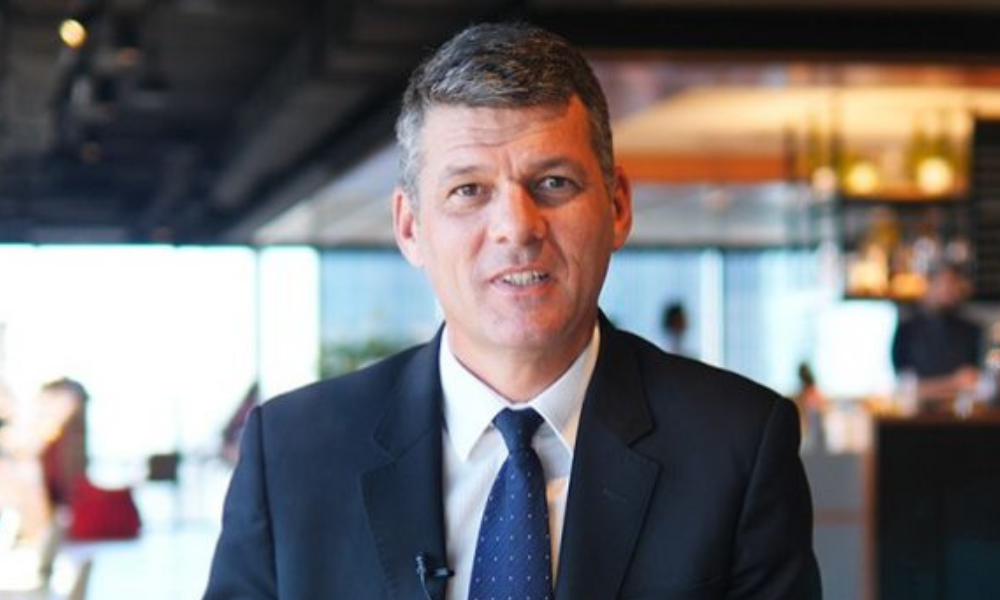Confidence rises in early 2025, but uncertainties could slow momentum

Consumer sentiment in Australia has shown steady improvement in early 2025, with data suggesting a measured recovery in confidence. However, global economic uncertainties and domestic political factors could create volatility in the months ahead.
The Westpac-Melbourne Institute Consumer Sentiment Index rose 2.6% over the three months to January, reaching 92.1. While this marks an improvement from the sustained lows in the 80s seen over the past two years, sentiment remains below 100 — indicating that pessimism still outweighs optimism.
“The pickup in consumer sentiment in the second half of 2024 has carried over into the new year, although the modest pace of improvement should give the Reserve Bank few grounds for concern on the inflation outlook,” said Matthew Hassan (pictured above), senior economist at Westpac.
The bank’s internal data reflects a similar trend, with card transactions and consumer panel data showing a slight rise in spending over the past six months. However, much of the additional income from the Stage 3 tax cuts, which took effect in July 2024, is still being saved rather than spent.
“From the RBA’s perspective this is close to a Goldilocks scenario, in terms of being not too hot or too cold,” Hassan said.
The central bank had anticipated that tax cuts might trigger a surge in spending, but outside of seasonal spikes — such as the Black Friday sales — the overall increase has been moderate.
The trajectory of consumer confidence in 2025 remains uncertain, with several key developments likely to influence sentiment.
The December quarter inflation report, released in January, has strengthened expectations of an RBA rate cut at its February meeting.
“The expectation that interest rates would start to move lower has been an important support for sentiment over the past six months and seeing that begin to play out should go down well with consumers,” Hassan said.
However, he cautioned that sentiment may not rise sharply even as rates decline. Past trends suggest that moving into an easing cycle does not always provide an immediate boost to confidence, particularly if rate cuts are seen as gradual rather than aggressive.
External factors may weigh on sentiment in the coming months, particularly uncertainty stemming from US trade policy. The return of Donald Trump to the presidency has already led to concerns over potential tariff increases and trade disputes, which could have ripple effects on Australia’s economy.
While Australia is geographically distant from these disputes, market sentiment has shown some sensitivity, with fluctuations in confidence recorded in December and January.
Domestic political events could also impact sentiment, particularly with a federal election due by May. Historically, election periods have introduced uncertainty that can lead to more cautious consumer behaviour. Despite these risks, Hassan remains optimistic that confidence will continue its gradual rebound.
“The good news is we’re unlikely to return to those deeply pessimistic reads seen over the past couple of years,” he said. “While consumers are likely to remain quite conservative over 2025, we remain confident that the recent recovery in sentiment will continue to gain traction as the year unfolds.”
Want to be regularly updated with mortgage news and features? Get exclusive interviews, breaking news, and industry events in your inbox – subscribe to our FREE daily newsletter. You can also follow us on Facebook, X (formerly Twitter), and LinkedIn.



